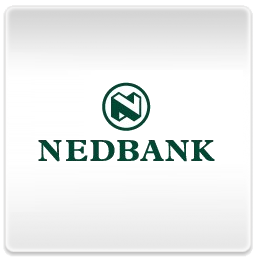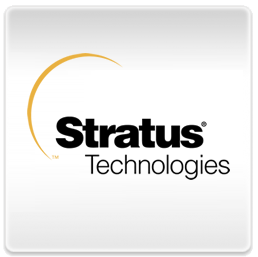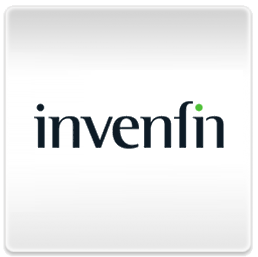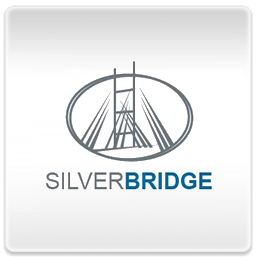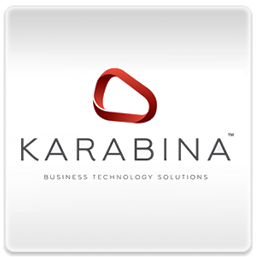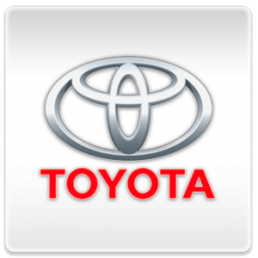Pinning
Submitted by Zahira Kharsany on Thu, 2012-02-23 11:26

Pinterest is the latest phenomenon to grab social media addicts. Its steadfast growth in popularity (and subsequently, subscribers) means that it’s currently a greater traffic driver than Google+, according to Mashable.

What is Pinterest?
Pinterest is the social networking site that allows you to share images that you find online, or users can upload images they capture IRL. It’s similar to bookmarking sites, such as Delicious, Digg and StumbleUpon. The one advantage of Pinterest is its community… rather, a better community.
Images uploaded to the site are known as Pins. Users can place these pins on boards that they customise under relevant themes. For instance, some of my themes include photography, travel, fashion and sporting moments amongst others.
People who are following you can ‘re-pin’ your images to their themed boards. The images are linked to related websites and redirects fans to these sites when clicked.
If you’d like to start using Pinterest, I would suggest that you have the minimum amount of boards. Having fewer boards will allow you to focus them on your main areas of interest. The greater the focus, the more likely someone will start following you and share your interests.
What’s cool about Pinterest?
59% of ‘pinners’ are women between the ages of 25 and 40 years. Women also make up 58% of Pinterest’s unique visitors. Traffic to the site has increased by 40% in the last six months.
Currently, the leading pins are related to fashion, crafts, photography and architecture. The popular pins have a few things in common; they are all beautiful, unique or useful. Pinners are interested in the visual, and that’s exactly what Pinterest is all about.
But should my company be on Pinterest?
Reasons to use Pinterest
Social media enthusiasts may easily see the value of Pinterest, but if not, here are my reasons why you should use Pinterest:
- Discovery is the new journey: it’s easy to search (read: Google) what you want to know, but these days it’s all about discovery. Pinterest does exactly that; it lets you discover what’s out there.
- It’s all about what you see: Like they say: “A picture is worth a thousand words.”
- Amplification: Content is continuously ‘repinned’. Repinning is LIKE a RT.
- Niche markets: Boards allow you to create specific niches that appeal to specific segments. Tailor your boards to appeal to various different cultures, people and age groups.
- It beats Facebook referrals: Pinterest outperforms Facebook. According to Time Inc.'s Real Simple, "Pinterest is a huge source from a referral standpoint, even beating out referrals from Facebook in the month of October (2011)," said Shannon King, GM of digital for Real Simple magazine. "It speaks to the power of engaged audience members. We view it as an important part of our social media strategy."
Brands that are making Pinterest work for them
Seems like brands are quickly catching on to the phenomenon that is Pinterest. NGOs, Museums and global brands can now be found on Pinterest. Here are some of my favourites:
- San Francisco Museum of Modern Art – Museums can be dull and boring. Images of humans, aspects of the museum and even coffee get people interested.
- Etsy – Women love Etsy. Vintage and hand-made jewellery. Great images and great way to browse the store.
- General Electric – getting it right again, they have boards dedicated to science such as “bad-ass machines”, “GEInspiredME” – linked to their Instagram campaign in which people share their insta-images, and “the archives” (images showcasing the history of GE).
- Gap – pinning clothes dealing with seasons and holidays. Makes me wish that we could buy these in South Africa.
These are just a few of the many that are out there, but browse away, there is no need to only follow these. Let your mind and fingers drift in any direction.
Who shouldn’t be on Pinterest
It may have sounded like I think every brand should be on Pinterest, but like with every social media platform this needs critical thinking. No, Pinterest is not for everyone and may not work for your brand.
Reasons why it may not work:
- People and brands are not important: Pinterest is all about the image, the pin. Not the person who pinned it and not the board you found it on. The first thing you will see in a search result is the pin. And only that.
- Brands have to be visually creative: Content is not always just words. This is especially true when it comes to Pinterest. It’s easy for fashion and travel brands to be visually appealing, but what happens when you are a tech brand? Fans pin images from Apple, Microsoft and Intel’s websites. But can they survive as brands on Pinterest? Think about how you can get visually creative and what you want to share.
- And lastly, if you’re not interested in anything to do with fashion, crafts and lifestyle, and you have no time you’re just not going to get it. Tyler Reed [] makes a good point of understanding what its about, but having no time to curate items for it, and that it threatened his masculinity, ;):
Find out more about using the in your browser and how to use Pinterest here
Side note: I have been on Pinterest for over a year now, and personally I don’t think I will stay on it for long. But let’s see how it takes off in the next year. Big things are in store.
- Login to post comments






